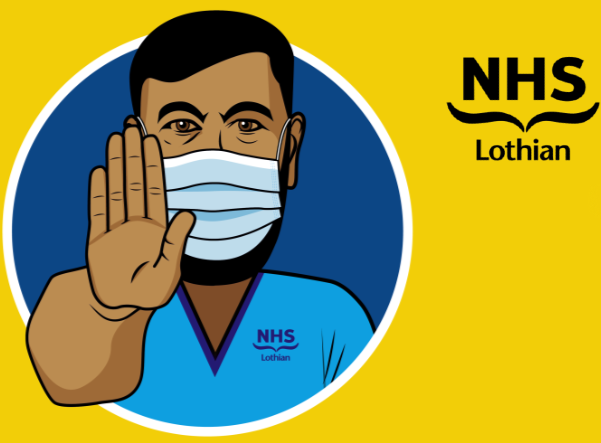There are many different causes of pelvic pain such as illness, infection, scarring after surgery (with or without mesh), a physical or psychological problem. It is important that your GP or consultant has assessed the underlying cause of your pain before you come to physiotherapy as you may need investigations or other treatment first.
Pelvic pain can be complex in nature and can often be associated with urinary symptoms, therefore it is important to address these issues in a holistic manor. Please look at the bladder or gynaecological problems page on our website for more information on urinary symptoms.
Pain can be related to some of the following conditions
- Dyspareunia is a term used to describe pelvic and/or vaginal pain during or after intercourse.
- Lack of oestrogen due to menopause or prolonged breastfeeding can cause tissue irritation and vaginal dryness which can be painful.
- Vulvodynia is pain felt in the vulva, labia, and vaginal opening. It can be caused by skin disorders like lichen sclerosus, scarring after surgery (with or without mesh), childbirth or female genital mutilation.
- Bladder pain syndrome is pain associated with bladder filling and is relieved when the bladder is emptied.
- Tight or overactive pelvic floor muscles can lead to tension and pain. Physiotherapy treatment such as hands on therapy, massage, pelvic floor relaxation and strengthening combined with mindfulness and breathing techniques can help to reduce the pain.
- Other pelvic conditions can cause pain such as pelvic inflammatory disease, sexually transmitted infections, irritable or inflammatory bowel diseases, endometriosis or adenomyosis, vaginal cysts or growths.
- Coccydynia is pain that is felt over the coccyx (the tailbone that sits at the very bottom of the spine). The coccyx can become painful due to a fall, childbirth, repetitive strain or surgery. It is usually worse when sitting, having a bowel movement or during sexual intercourse.
Chronic pain can lead to social withdrawal, loss of self-esteem, behavioural or emotional changes, anxiety or depression.
What can I do about it?
It is important that you learn how to manage your pain.
- NHS Lothian chronic pain team have some useful information about how to best manage pain
- NHS Lothian Additional Audio Tracks – Lothian Chronic Pain Service
- The Pain Toolkit is a really useful and easy to read booklet.
- Watch the Why Things Hurt video by Lorimer Moseley, a physiotherapist and pain scientist.
- The Pelvic Pain Self Management Booklet from the Pelvic Pain Association of Australia is full of useful advice and information.
- Try these stretches to see if this eases your pain – https://www.pelvicpain.org.au/easy-stretches-to-relax-the-pelvis-women/
- Read the NHS Lothian leaflet on Overactive Pelvic Floor Muscles.
- Read this NHS information page about Why Sex Hurts
- Read this information from the International Urogynaecological Association about the Causes of Painful Sex
- Watch this video about How To Relax Your Pelvic Floor Muscles
- Watch this video to learn How To Release Your Tummy Muscles
- Try 10 Physiotherapy Techniques to Release your Pelvic Floor to reduce pain and tension.
- IUGA leaflet on dyspareunia
- Flippin’ Pain is a public health campaign that looks at ways to better understand your pain Home – Flippin’ Pain[1743541187]
- There is a range of resources on the Pelvic Pain Network webpage.














